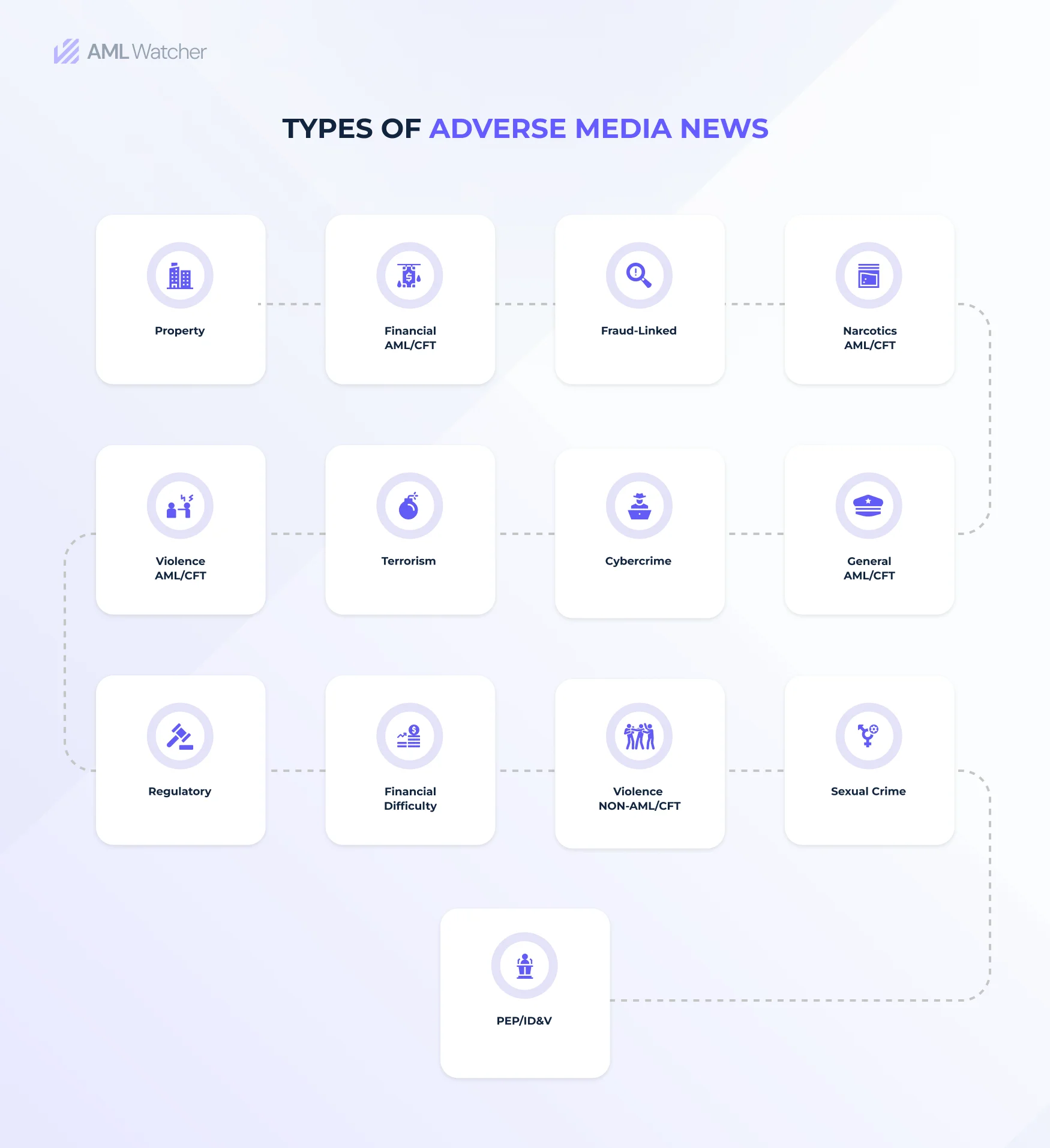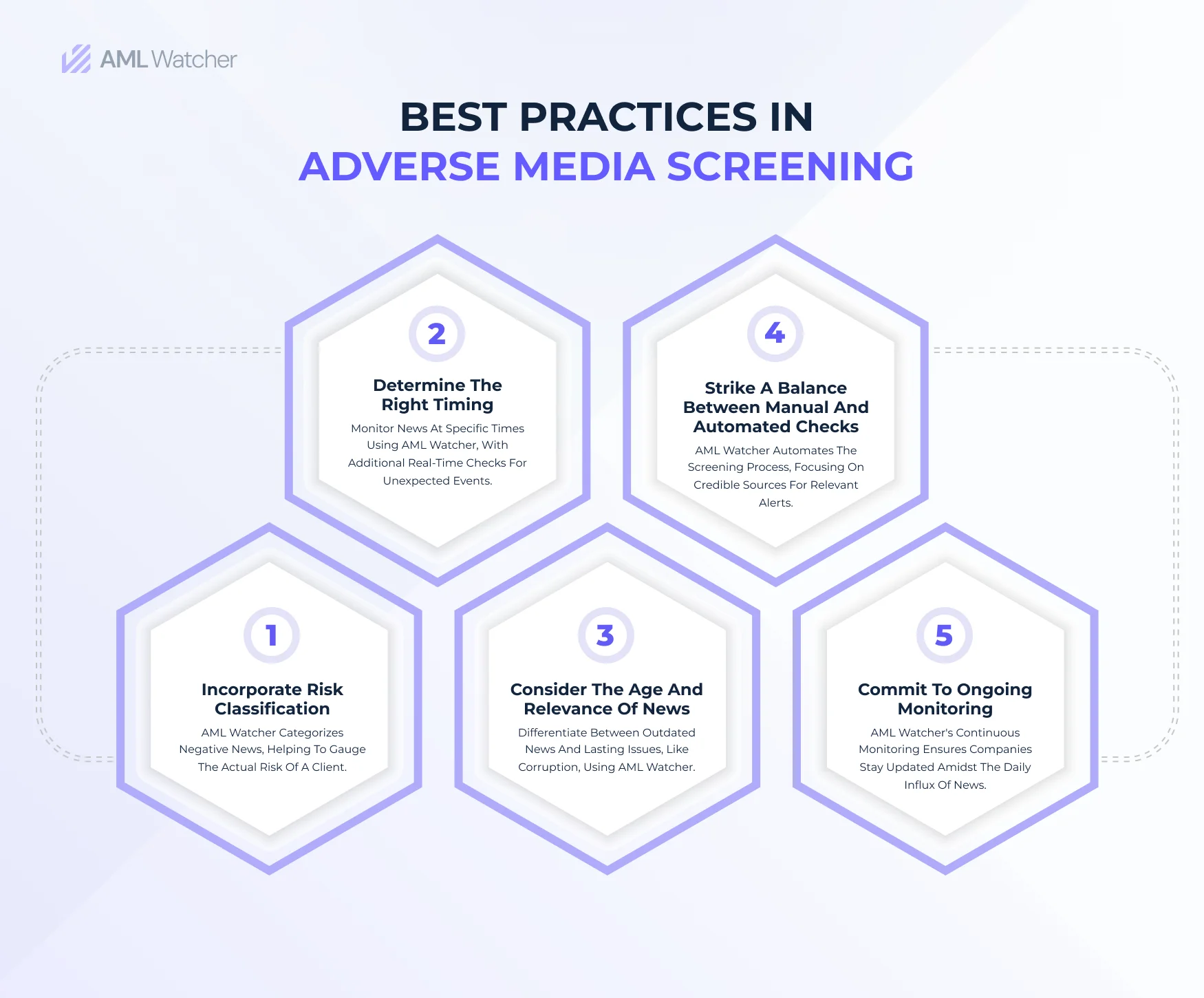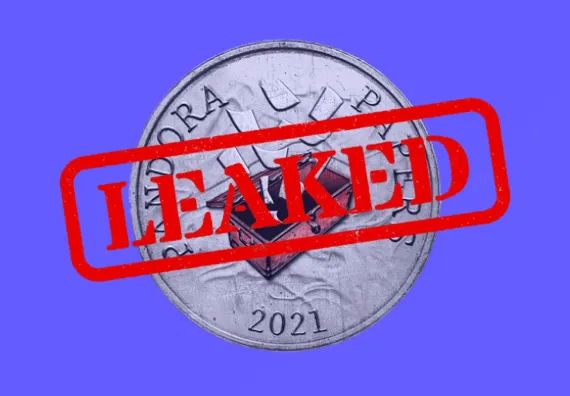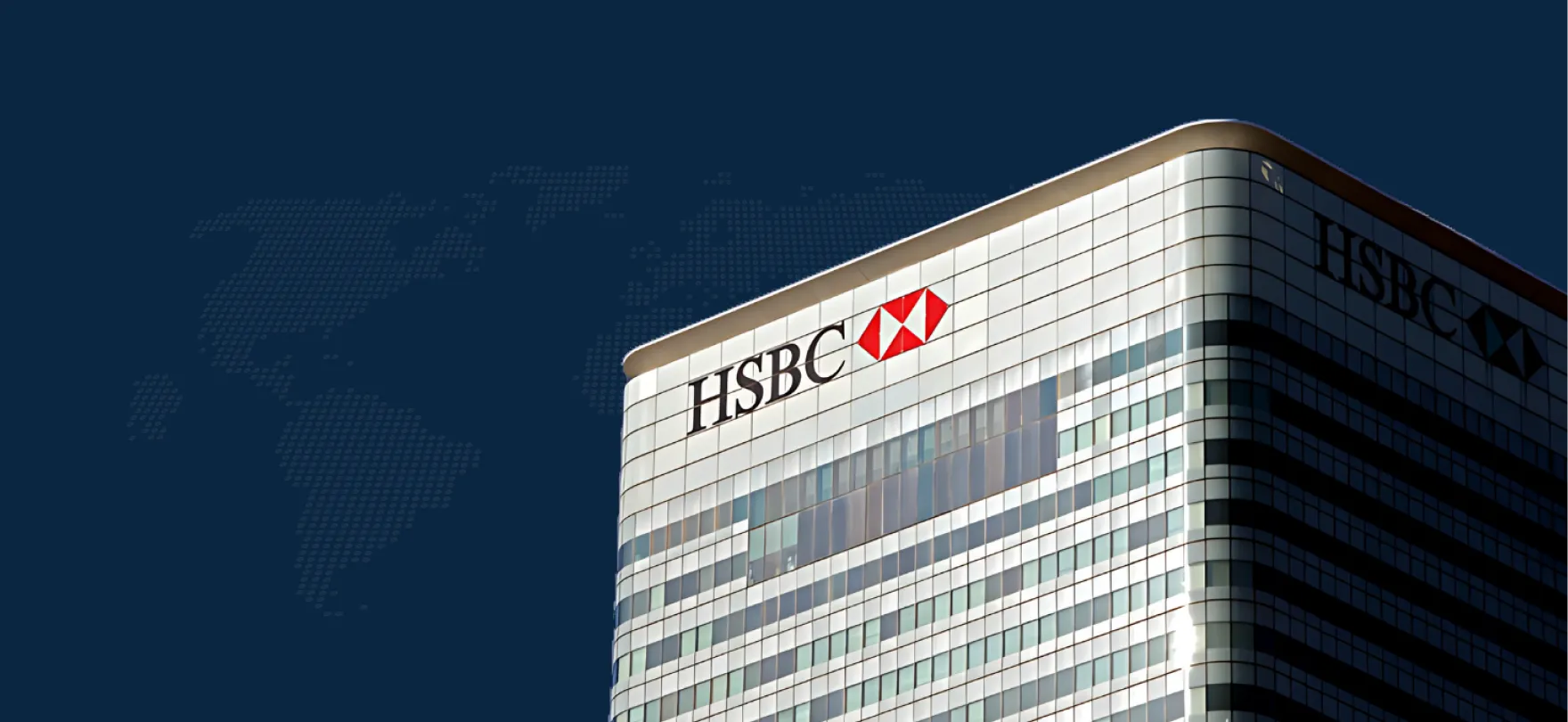
Spotting the Bad News: A Deep Dive into Adverse Media Screening

What is Adverse Media Screening?
Think of adverse media as an expanded forest with an owl named Orion. With a smarter and intuitive approach, better than any other creature around, Orion reaches onto tallest heights, viewing stories, blogs, broadcasts, and other modern sources of media. Adverse Media Screening is Orion’s gift as he spotted the negative as instantly as it emerged before it could drag him to the pitfalls.
As mandated by the Data Research & Development Center, CTBC Bank, adverse media screening involves searching for information related to an individual or entity’s involvement in financial crime across public news platforms including traditional and non-traditional media sources. This process helps in discovering hidden background checks, which could be time-consuming to track if done manually through search engines.
Types of Adverse Media News:
- Property: This category includes negative news related to real estate, revealing fraud related to real estate, property fraud, and unauthorized property payment transactions.
- Financial Media: News related to financial crimes, money laundering, corruption, and financial terrorism are part of financial AML/CFT to manage money laundering and associated crimes.
- Fraud-Linked: This category includes news stories about dishonest business tactics, frauds, or any other type of dishonest behavior that causes financial or personal loss.
- Narcotics AML/CFT: News about drug trafficking, production, or distribution falls within this area, particularly highlighting instances in which money laundering or financial assistance to the drug trade is involved
- Violence AML/CFT: News involving a Politically Exposed Person (PEP) engaged in violent acts with financial crime ramifications, including racketeering or extortion, falls under this category.
- Terrorism: This relates to news highlights where a PEP is connected, either directly or indirectly, to terrorist groups or acts.
- Cybercrime: This category gathers news stories about PEP involvement in cybercrimes and computer network crimes, like identity theft, hacking, and online fraud.
- General AML/CFT: Any story of financial terrorism or money laundering that isn’t covered by one of the other categories falls under this more general area.
- Regulatory: This relates to news reports in which a PEP has broken rules governing the finance, environmental, health, or any other sector.
- Financial Difficulty: Articles that draw attention to a PEP’s financial difficulties, like bankruptcies, large debt loads, or other financial emergencies.
- Violence NON-AML/CFT: This shows the aggressive behaviors that a PEP may engage in, that are not directly related to financial crimes.
- Other Financial: Anything connected to finance that doesn’t fit into one of the other categories comes here.
- Other Serious: This records major transgressions or accusations against a PEP that don’t fall under one of the established categories.
- Other Minor: This relates to less serious accusations or offenses involving a PEP.
- Sexual Crime: This relates to news where a PEP is accused of sexual offenses like harassment, assault, or other similar crimes.
- PEP: News about a PEP that isn’t negative falls in this category. It might have to do with their regular pursuits, such as public speaking, or going to events.
- PEP/ID&V: This includes news—biographies, about pages, or other personal details—that aid in recognizing and authenticating a PEP.
Why is it Important?
According to McKinsey and Company research, adverse media screening is vital as regulatory bodies have advised negative news screening as an enhanced due diligence technique, particularly in high-risk scenarios. This demonstrates how important it is to guarantee adherence to legal requirements. Additionally, examiners have also been raising concerns about the monitoring systems’ efficacy, suggesting that more thorough negative news screening is required to spot such threats. Furthermore, the contemporary negative news screening process offers sets of insights to assist analysts in evaluating and prioritizing data within the larger framework of a case in addition to generating possible leads. This facilitates the decision-making process and proactive measure frameworks. The standard for negative news screening appears to be rising, indicating that organizations may eventually have to apply this screening to a wider range of customers and circumstances.
As per, the Data Research & Development Centre, CTBC Bank, identity checks against possible money launderers, terrorists, or those deemed high risk in the financial industry are necessary for compliance with Anti-Money Laundering (AML) and Know Your Customer (KYC) requirements. Adverse Media screening made these checks possible, which guarantees that financial organizations such as banks are not unintentionally aiding financial crimes.
Significance of Adverse Media in the Financial Sector
Why Should Financial Institutions Screen for Adverse Media?
Financial organizations must do adverse media checks for the following vital reasons:
Regulatory Alignment: Integrating adverse media checks helps financial institutions stay in line with changing regulatory standards as there is a greater focus on financial crimes. This strengthens a financial institution’s customer due diligence (CDD) efforts and demonstrates its commitment to proactive compliance.
Enhanced Risk Profiling: Screening for bad news creates a thorough and accurate risk profile of the financial institution’s customers. This proactive approach helps in foreseeing potential threats, ensuring that the financial institution is not caught off-guard.
Operational Efficiency: Manual checks of vast volumes of news in diverse languages are impractical. Automated adverse media screening eliminates redundancies, reduces irrelevant results, and ensures decisions are based on comprehensive information.
Legal Imperatives: Regulatory bodies globally have underscored the importance of media screening. It’s now a pivotal component of the know-your-customer (KYC) onboarding process, continuous CDD, and enhanced due diligence (EDD) for high-risk clientele.
Risk-Based Approach Emphasis: The Financial Action Task Force (FATF) advocates for a risk-centric approach to counter money laundering threats. Within this framework, adverse media screening plays a pivotal role in crafting precise customer risk profiles, especially for high-risk categories like Politically Exposed Persons (PEPs).
Holistic Customer View: Modern adverse media screening tools offer a comprehensive view of clients, encompassing both individuals and entities. This holistic perspective ensures a thorough risk assessment at the onset of the customer relationship and real-time alerts for any significant changes in risk profiles.
Sources of Adverse Media News
Adverse media can originate from various outlets, encompassing conventional news channels like:
- Print or online newspapers
- Radio
- Television broadcasts
- Blogs
- Web articles
- Social media feeds and forums.
Screening Process and Techniques
The Process of Adverse Media Screening
Risk Profiling: The primary goal of adverse media screening is to establish an accurate risk profile for each customer. Continuous monitoring of media sources also aids in protecting the institution from potential threats to its reputation, fines, and penalties. Adverse media screening is part of a broader set of strategies employed by financial institutions to counter money laundering and terrorist financing.
- The FATF Recommendations highlight the need for financial institutions to be aware of a client’s reputation, especially if they have prior investigations related to money laundering, terrorist financing, or have faced regulatory sanctions. Essentially, screening through adverse media is crucial for high-risk clientele.
- As per FinCEN’s final rules on Customer Due Diligence, entities are advised to establish risk-based protocols to determine when screening clients through negative media sources is necessary.
- The EU’s 4th AML directive under the Risk Factors Guidelines emphasizes the importance of conducting adverse media searches during the Enhanced Due Diligence process, especially for high-risk clients. This is also essential when augmenting the information collected for CDD.
Enhanced Due Diligence: Beyond just verifying customer identities, institutions should understand the nature of a customer’s business and be aware of their broader network of associates. This is crucial as criminals often create seemingly legitimate businesses that only reveal their true intent through secondary associations.
Step 1: Identify the Categories of Data That Will Be Recognized as Negative Media
For instance, businesses should examine:
- The source of the unfavorable news. For instance, gossip magazines are less credible than official governmental publications, given the potential for misinformation.
- Whether accusations should be viewed as negative news, or if the emphasis should be on reviewing records of proven offenses.
- Certain behaviors qualify as negative media, especially if they aren’t tied to financial wrongdoing, like minor traffic violations or public disturbances.
Step 2: Formulate a Detailed Strategy for Reviewing Negative Media
In this phase, businesses need to address additional specifics:
- Decide the frequency of negative media reviews.
- Indicate the specific profile for detailed screening including clients, PEPs, UBOs, and so forth.
- Establish a timeframe that will allow the data to be removed from the negative news category.
- Keyword suggestions for a negative media review
Step 3: Select Automated or Manual Reviews
This entails choosing whether negative news will be reviewed by humans, computers, or a combination of the three. Negative news may usually searched manually by entering relevant keywords into search engines.
- Using AI Tools: Since manual approaches are insufficient for the large volume of data that needs to be filtered, many institutions are now using AI-powered media-monitoring solutions. These technologies search through enormous amounts of online material every day, enabling users to establish precise search parameters to evaluate media mentions according to the risk they pose.
Step 4: Continued Monitoring: In addition to screening clients throughout the onboarding process, financial institutions should keep an eye on international media to stay informed about any modifications to a client’s risk profile.
Note: Institutions should strengthen and reassess their negative media screening procedures regularly, particularly in light of changing legal requirements and technical developments.
Adverse Media Screening Gaps
Major Challenges:
The avalanche of information brought by the digital era has made it increasingly difficult to separate true news from noise. Companies now depend on adverse media screening more than ever to help them sort through this massive volume of data. Even though there are obvious concerns with negative news screening, companies also deal with more serious underlying issues:
Changing Media Landscape –The distinction between verified news and subjective opinions has become more complicated with the growth of social media and citizen journalism. This shows the highest importance of adverse media screening as the best practice, as businesses create facts separation from opinions or unsubstantiated assertions.
Technological Limitations- Not every business has access to the most recent adverse media screening tools or the know-how to utilize them successfully. This technology gap creates additional difficulties for manual screening, particularly when handling enormous volumes of data.
Regulatory Changes- Governments and international organizations are always revising their policies for negative media screening as they become increasingly conscious of the difficulties presented by the new digital era. Another layer of complication to the process is vital for businesses to stay up to date on these changes to maintain compliance.
Reputational Risks- The monitoring of reputation risk has become critical in the era of instant information. Negative media checks can cause serious reputational harm with just one mistake. Any negative news can destroy long-built trust and goodwill, particularly if it spreads widely.
Cost Implications- There are multiple hidden expenses associated with manual negative news screening in addition to the regular screening charges. Potential penalties for noncompliance, reputational harm leading to business loss, and missed opportunities from underinvesting in more effective adverse media screening techniques are a few of these.
Training and Skill Development- As the media landscape evolves, so do the skills required to navigate it. Continuous training on adverse media screening best practices becomes essential, adding to the operational costs and time.
Challenges with Manual Screening- Manual media screening is time-consuming and frequently ineffective. Businesses typically use internet searches for negative press about clients they have identified via a risk-based strategy. Subsequently, they compare these results with the client’s profile to ascertain if the mentioned individual or entity matches the client’s identity.
Oversights in adverse media- Internet searches have limitations, such as language restrictions and restricted access to certain sources, leading to potential oversights in adverse media.
In-depth Look with a Case Study
HSBC’s Adverse Media Screening Scandal: A Deep Dive
According to Investopedia, in 2012, the banking giant HSBC faced a significant adverse media screening case that shook the financial world. This article delves into the details of this landmark case and its implications for the banking industry.
What Happened with HSBC?
HSBC, a global banking leader, was slapped with a record $1.9 billion fine by U.S. authorities. The reason? A glaring failure in their anti-money laundering (AML) controls, including lapses in their adverse media screening processes.
HSBC’s AML Lapses: The Core Issues
The bank was found guilty of allowing notorious drug cartels to launder vast sums of money. Additionally, HSBC breached U.S. sanctions by facilitating transactions for nations like Iran, Libya, Sudan, and Burma. A robust adverse media screening would have red-flagged these suspicious activities, potentially halting these illicit transactions.
Why is Adverse Media Screening Crucial?
Adverse media screening is a pivotal component of AML controls. It involves monitoring and screening transactions and clients against negative news or adverse media. In HSBC’s case, proper screening could have identified and prevented connections to sanctioned entities or individuals.
The Takeaway for the Banking Sector
HSBC’s case underscores the paramount importance of stringent AML controls in financial institutions. It serves as a stark reminder of the consequences of non-compliance and emphasizes the need for proactive measures to detect and deter financial malpractices.
Solutions/Best Practices
Choose the Appropriate Time: It is not feasible to keep an eye on every news source all the time, therefore, selecting particular times for negative media screening makes more sense. For instance, use AML Watcher to check for negative news when someone creates a new account. Next, arrange for regular checks depending on variables such as account type, location, and anticipated use.
However, only depending on planned monitoring is insufficient. Unexpected situations, such as legal troubles or dubious commercial ventures, can call for an instant screening. This is where real-time monitoring from AML Watcher shows maximum significance.
Create a Balance Between Human and Automated Checks: Manual checks may present detailed results but they take a lot of time. AML Watcher fills that need with its automated screening procedure, which makes sure businesses are aware of the most recent media actions.
AML Watcher concentrates on reliable sites rather than searching the whole internet. It inquires, “What significant news exists regarding my customer?” With this focused strategy, there are fewer pointless alerts and a greater likelihood of spotting crucial information.
Include Risk Classification: Not all bad news has the same significance. While some may be minor problems, others may be serious warning signs. AML Watcher categorizes these results, which facilitates comprehension of the true risk attached to a client.
Evaluate the Relevance and Age of News: Some news lost its relevancy over time. Some events—particularly grave ones like corruption—have not decreased their significance over time. AML Watcher can assist in determining what is current and what is still relevant.
Adhere to Continuous Monitoring: It’s critical to keep searching for fresh data after the first screening. AML Watcher’s ongoing monitoring guarantees that businesses are always up to date on the most recent advancements. With the automated approach, critical updates are kept separate from the daily deluge of news.
In the deep forest of MediaLand, where information moves like a fresh breeze, businesses are on the verge of finding a bright root apart from the darkness of negative media. Similar to the vigilant owl Orion, Adverse Media Screening shines a light on the road to risk reduction and legal compliance. As we’ve sailed through the complexities of adverse media screening, AML Watcher stands out as a beacon of hope.
Why AML Watcher Leads The Way
AML Watcher stands out as a reliable solution in these days of information saturation where it is complicated to differentiate between real news and noise. It provides an all-encompassing, effective, and focused method of negative media filtering, guaranteeing that companies stay informed without being overtaken by unimportant information.
AML Watcher balances human and automated screening to produce correct findings while conserving time and resources. By classifying bad news and taking age and relevance into account, businesses may prioritize risks more efficiently. Furthermore, the capacity to monitor data in real-time guarantees that no important information is overlooked.
Contact Us
Are you prepared to lead the risk management and compliance initiatives of your company? Reach out to our team of experts to explore how intelligent data from AML Watcher may help your company thrive in the dynamic world of adverse media screening.
Related Articles
We are here to consult you
Switch to AML Watcher today and reduce your current AML cost by 50% - no questions asked.
- Find right product and pricing for your business
- Get your current solution provider audit & minimise your changeover risk
- Gain expert insights with quick response time to your queries

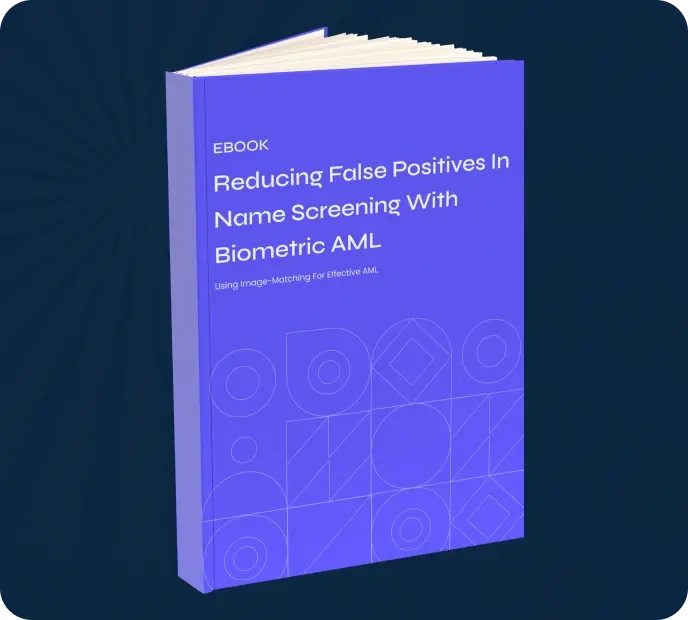
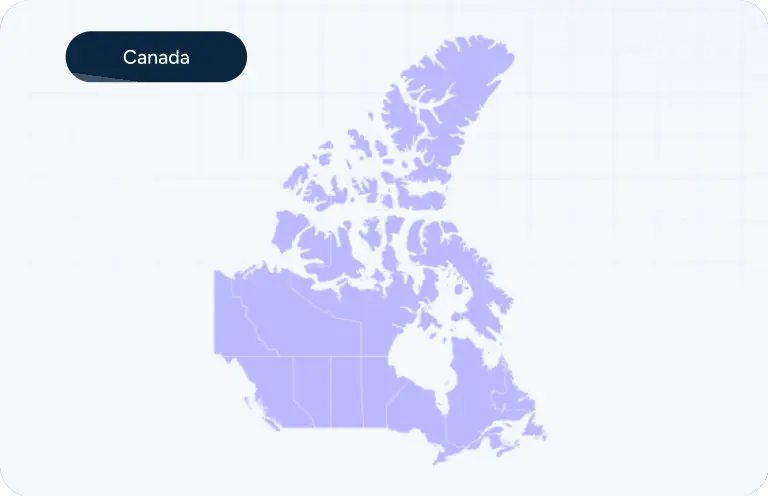 Compliance Guidelines:
Canada
Compliance Guidelines:
Canada
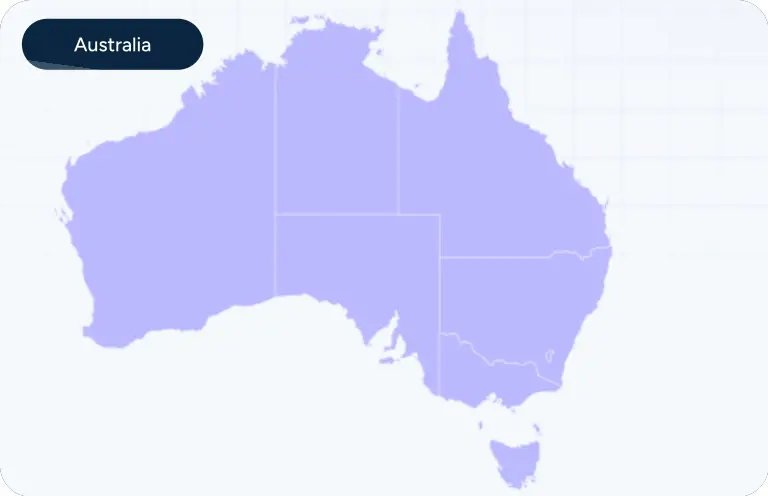 Compliance Guidelines:
Australia
Compliance Guidelines:
Australia
 Donald Trump convicted on all 34 counts at the Hush Money Trial
Donald Trump convicted on all 34 counts at the Hush Money Trial
 How Gambling Sector Can Use Data Tools to Comply with...
How Gambling Sector Can Use Data Tools to Comply with...
 How Compliance With Cyber Sanctions Help Firms Avoid...
How Compliance With Cyber Sanctions Help Firms Avoid...
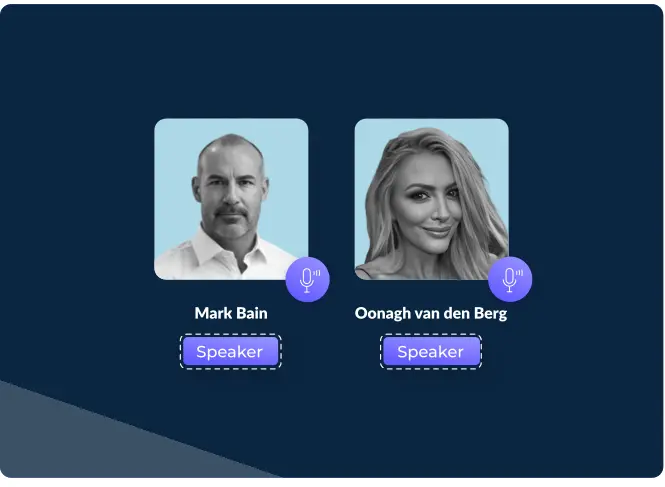 Current Use Cases of AI Technology in the AML Compliance
Current Use Cases of AI Technology in the AML Compliance
 How Cyber Security Threats impact AML and Fraud?
How Cyber Security Threats impact AML and Fraud?
 How El Chapo's Drug Cartel Facilitated Money Laundering?
How El Chapo's Drug Cartel Facilitated Money Laundering?
 Money Laundering Tactics Inspired by Money Heist
Money Laundering Tactics Inspired by Money Heist
